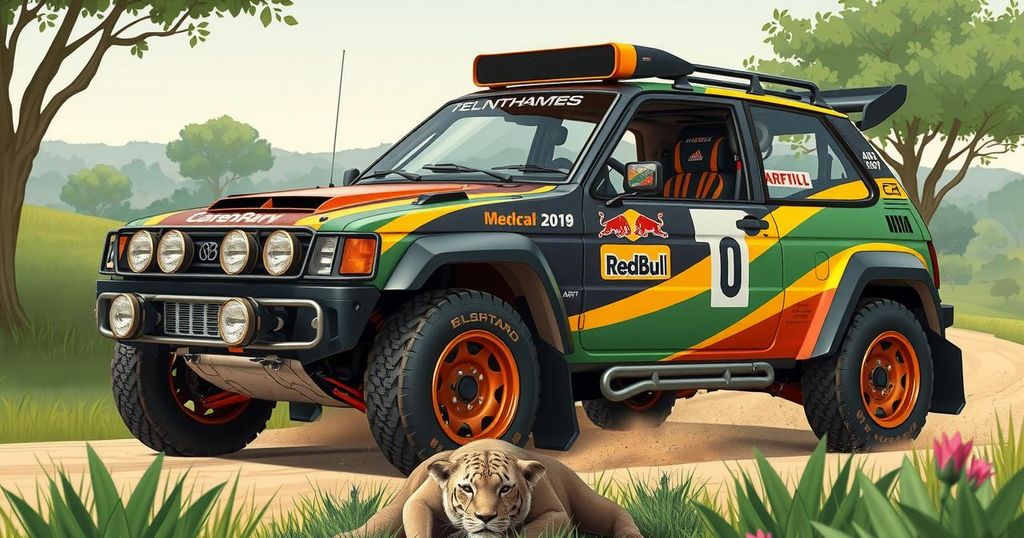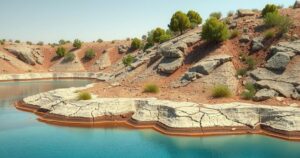Understanding the Distinct Modifications of WRC Cars for Safari Rally Kenya

The Safari Rally Kenya is distinct within the WRC for extensive car modifications necessary to tackle its tough terrain and weather. The event, commencing March 20, will cover 384 kilometers, featuring enhancements like snorkels and raised suspensions. Major car brands including Toyota and Hyundai will compete, with a significant spectator turnout expected in Naivasha.
The Safari Rally Kenya, taking place this weekend in Naivasha, is unique within the World Rally Championship (WRC) for its significant visual and mechanical modifications to the cars. These changes are essential to endure the challenging terrain and unpredictable weather, making it one of the most demanding rallies globally.
The rally officially begins on March 20 with a flag-off by President William Ruto, followed by the Super Special Stage in Kasarani. Crews will then navigate to Naivasha, where they will cover a total of 384 competitive kilometers, the longest of the year, traversing tough roads, deep-water crossings, and high-speed sections.
Key enhancements for the vehicles include a snorkel, which serves as a raised air intake. This component is vital for allowing the engine to function effectively during deep-water crossings by preventing water ingestion that could lead to stalling, a common risk in Kenya’s unpredictable race conditions.
Another modification is the taller, more resilient suspension, essential due to the Safari Rally’s requirement for higher ride heights. This adjustment enables vehicles to handle challenging undulations, sharp ruts, and large rocks, which can abruptly end the competition. Achieving the right balance of ground clearance and stability is crucial for maintaining speed on fast segments of the course.
Additionally, the high-altitude setting of Naivasha necessitates fine-tuned engine maps to compensate for thinner air, which inhibits engine performance. Every ounce of power is crucial, as competitors navigate the stunning African plains.
This year’s event has attracted 39 drivers from around the globe, and it anticipates an audience of over 85 million worldwide, with about 100,000 fans expected on-site in Naivasha.
Competitors will feature vehicles from notable brands such as Toyota, Hyundai, and Ford. Hyundai Motorsport aims to challenge Toyota’s dominance since its WRC comeback in 2021, led by drivers like Thierry Neuville and Ott Tänak. M-Sport Ford will field three Puma Rally1 cars, piloted by Grégoire Munster, Josh McErlean, and Jourdan Serderidis. In the WRC2 category, reigning champion Oliver Solberg will take the lead in a Toyota GR Yaris Rally2, alongside newcomer Kajetan Kajetanowicz in a similar vehicle.
In summary, the Safari Rally Kenya is a uniquely challenging event that necessitates significant modifications to vehicles for optimal performance. The enhancements such as snorkels, improved suspension, and adjustments for high altitude ensure that drivers can effectively navigate the demanding conditions. The upcoming rally promises to attract a vast audience and features a diverse array of competing teams and vehicles, reflecting the competition’s global appeal.
Original Source: www.the-star.co.ke






